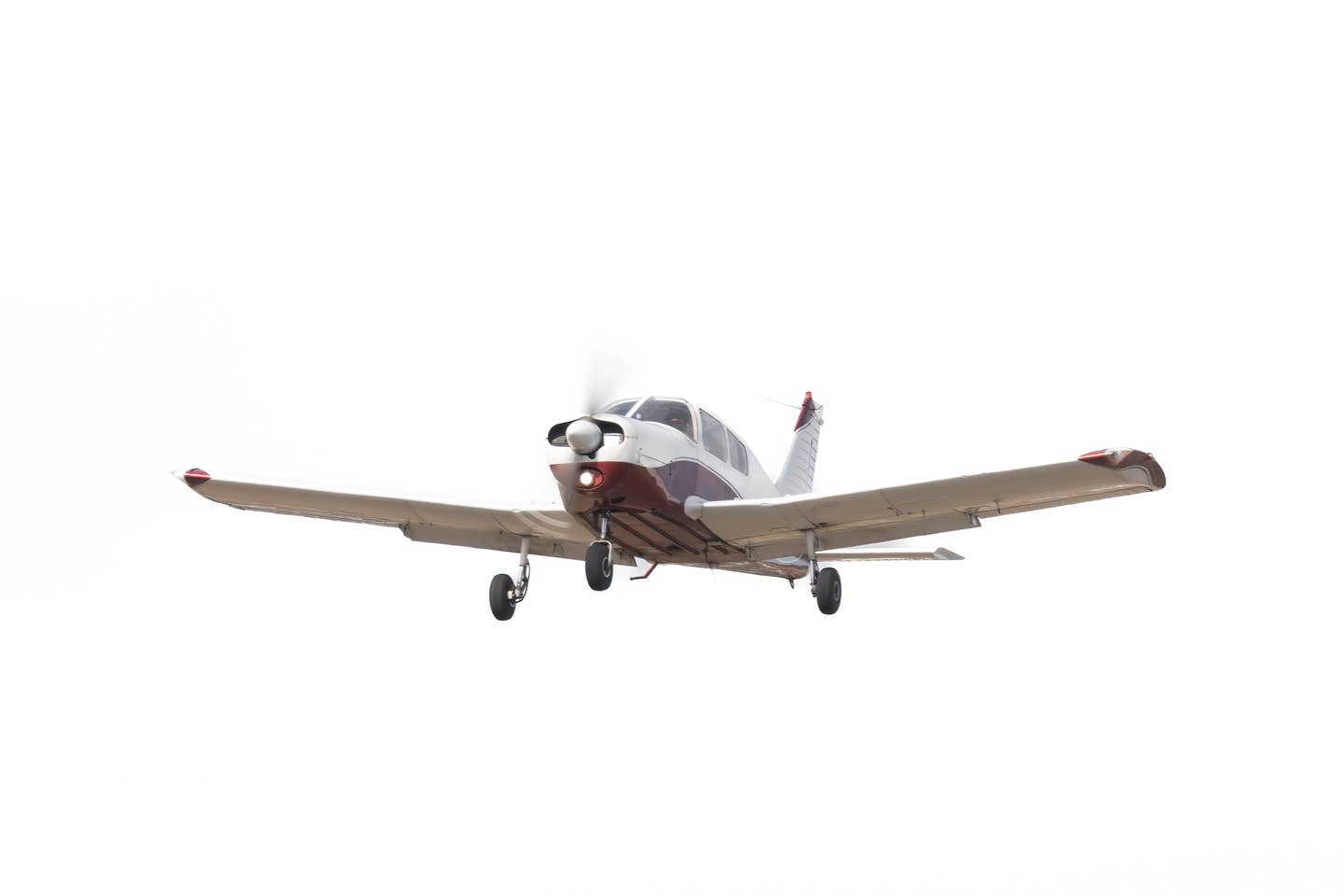Gear Down Before You Go Down
Forty years ago, most new pilots aspired to eventually own a retractable gear airplane. Accordingly, aircraft manufacturers built a plethora of gear-up models, with which transitioning upwardly-mobile buyers could satisfy…

Checklists or GUMP rituals are fine, but make sure you’ve actually “done” the list, not just read it. [Adobe Stock image]
Forty years ago, most new pilots aspired to eventually own a retractable gear airplane. Accordingly, aircraft manufacturers built a plethora of gear-up models, with which transitioning upwardly-mobile buyers could satisfy their urge to go faster, in style.
The problem is, those retracted wheels eventually have to be extended, in order to taxi to the ramp unaided. And pilots, being creative in their ability to ignore warnings and signals sent by the airplane, will find ways to land with the gear up. The increased maintenance and risk of loss associated with flying with “limber legs” were always present. Insurers, mechanics, and lenders began discouraging a later generation of pilots from buying such complex airplanes. Accordingly, Cirrus and other next-gen manufacturers have built fast singles with the gear firmly fixed in place.
However, many of the retractable-gear Beech, Cessna, Mooney, and Piper legacy fleet is still around, able to be purchased by new owners, and it behooves us to periodically revisit the cautions and techniques needed to operate them without incident. The FAA merely requires a logbook endorsement attesting to proficiency in operating one type of complex airplane; further training in other retractables is at the discretion of the pilot.
You must avoid such laid-back transitions.
Study how the landing gear system works in any retractable-gear airplane you're going to fly, what to do if it malfunctions, and what maintenance is required to keep it in tip-top shape. Get through training from knowledgeable instructors familiar with that type of aircraft, not just a few trips around the pattern but coverage of the plane's limitations and requirements in all phases of flight.
When it comes to avoiding unintentional gear-up landings, make sure you understand how the airplane acts when it's being forced to approach the ground without wheels. Yes, all retractable-gear planes were built with gear-up warnings that activate when power or speed is reduced with wheels retracted. Those can malfunction, or be masked behind the stress of passenger or ATC interaction.
What won't malfunction is the airplane's unnatural buoyancy in the absence of drag from the extended gear. If you're reducing power to idle when a normal approach requires several inches of manifold pressure, you may be trying to land gear-up. If the airspeed remains fast as you roll out onto final, it may be because the wheels are still stowed. Listen to what your retractable-gear steed is telling you.
Checklists or GUMP rituals are fine, but make sure you've actually “done” the list, not just read it. I follow two rigid procedures to avoid landing gear-up. First, I never descend below normal traffic pattern altitude without assuring that the gear is down. You may think you moved the switch or handle, but did it really actuate, confirmed by indications and feel of the aircraft? Second, I always do a short-final check, when the approaching runway numbers are visible—gear-down, stabilized, cleared to land.
Flying retractable-gear airplanes is still a worthwhile endeavor, but it does require another element of risk management. Keep the gear system in tip-top shape, keep your skill at handling the extra piloting chores sharp, and never ignore the possibility that you missed that vital gear extension.

Subscribe to Our Newsletter
Get the latest Plane & Pilot Magazine stories delivered directly to your inbox






